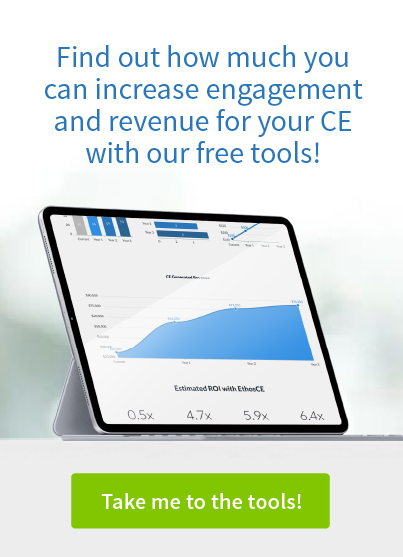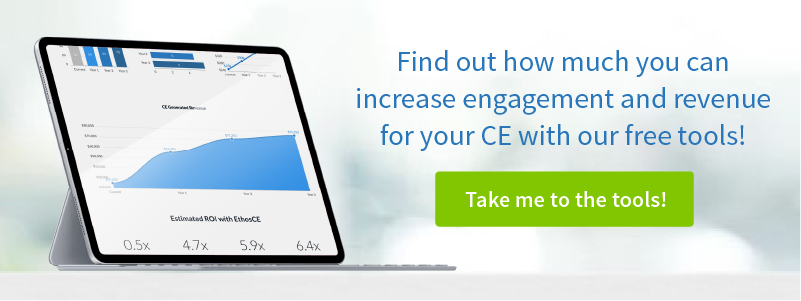95 Million American Adults Use the Internet for Health: A case for rich media in patient education
A recent study published by the Pew Internet & American Life Project (2006) entitled, “Health Information Online” reports that 95 million (or 80%) American adult Internet users are searching for healthcare information. Primary health searches focused on a specific disease or condition (66%), medical procedures or treatments (51%), and research on medications (40%). Those numbers are certainly impressive, but hardly surprising when you consider the heightened levels of distress and uncertainty individuals (and their loved ones) experience when they are confronted by illness. Enhanced access to quality health services and information improves treatment outcomes and, in many cases, overall quality of life and social functioning. The Internet has clearly become an integral part of that equation.
There are a wealth of Web sites that offer quality information on a wide range of specific conditions and treatments. Many of these sites are well funded and have teams of technologists, medical writers, and clinicians producing and delivering content. However, I continue to be surprised by the static nature of most content, the minimal reliance on elearning best practices, and the relative low rates of utilization of rich media. After all, given that a primary intent of these Web sites is to educate patients and caregivers on complex medical topics, does it not stand to reason that we should employ mixed media to accommodate different learning styles and preferences? Doesn’t blended learning have a place in patient education? I believe the answer to both questions is a resounding “Yes”. So, what then are the obstacles to incorporating rich media in patient-oriented elearning programs?
In speaking with members of the professional and advocacy communities about this topic, I often hear that “patients have not shown interest” or do not have necessary technical capabilities (e.g., broadband connectivity) required to access rich media, such as video, Webcasting, podcasting, live chat, and animations. The former would require a formal study, but I would be surprised to hear results stating that patients would prefer text-heavy HTML documents to a blended learning environment complete with expert videos, roundtable podcasts, online chats, medical animations, and interactive exercises. When done appropriately, blended learning and rich media should: 1) engage the learner, 2) accommodate different learning styles, 3) explain and reinforce knowledge, and 4) assist in the assimilation of information into long-term memory. Certainly, we have seen this paradigm validated within other target populations. As for patients’ technical capabilities, there is compelling research showing that 70% of suburban and urban Americans and 62% of rural Americans have broadband access at either work or home. (Pew Internet & American Life Project. 2006. Rural Broadband Internet Use. Online at: www.pewinternet.com). Similarly, 98% of Internet users have Macromedia Flash installed on their computers. This elearning and multimedia industry-standard technology enables easy access to rich media elements such as animations, interactive games, videos, text, and MP3 audio (Macromedia.com. 2006). Given these brief statistics, it is difficult to justify the limited role of rich media in patient education when compared with the potential and likely benefits.
 We're now part of the Cadmium product suite! Learn more
We're now part of the Cadmium product suite! Learn more 

